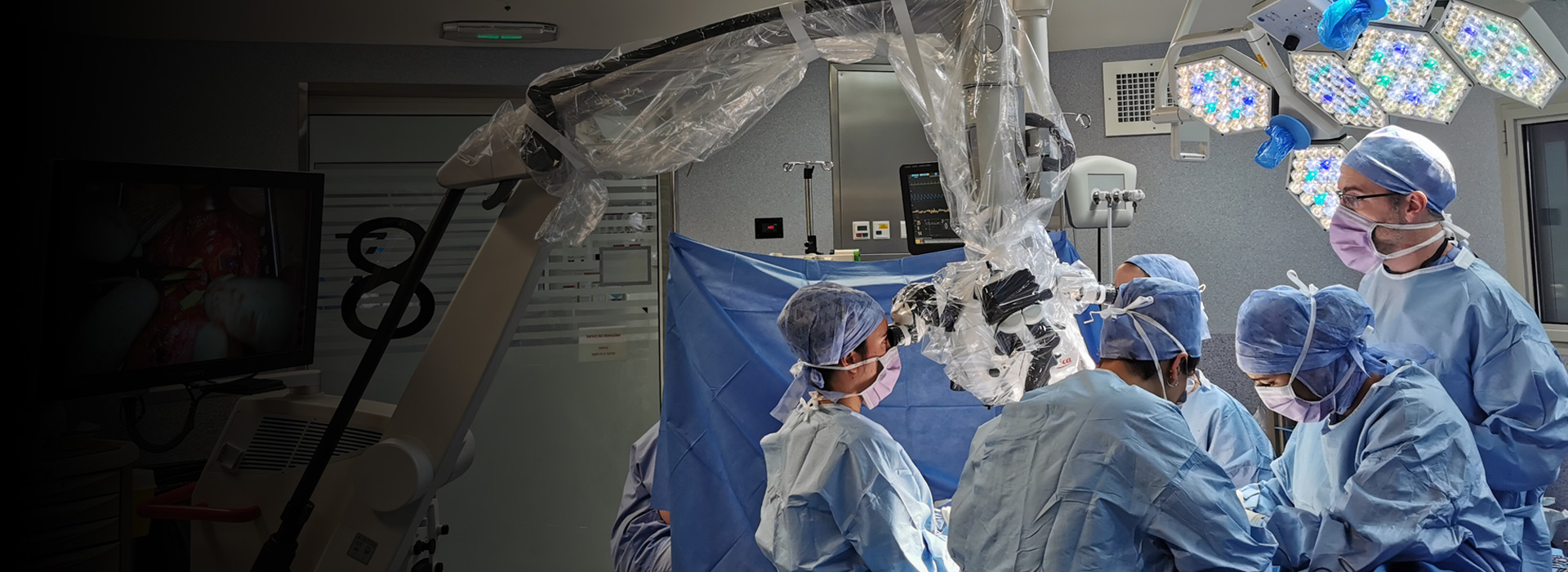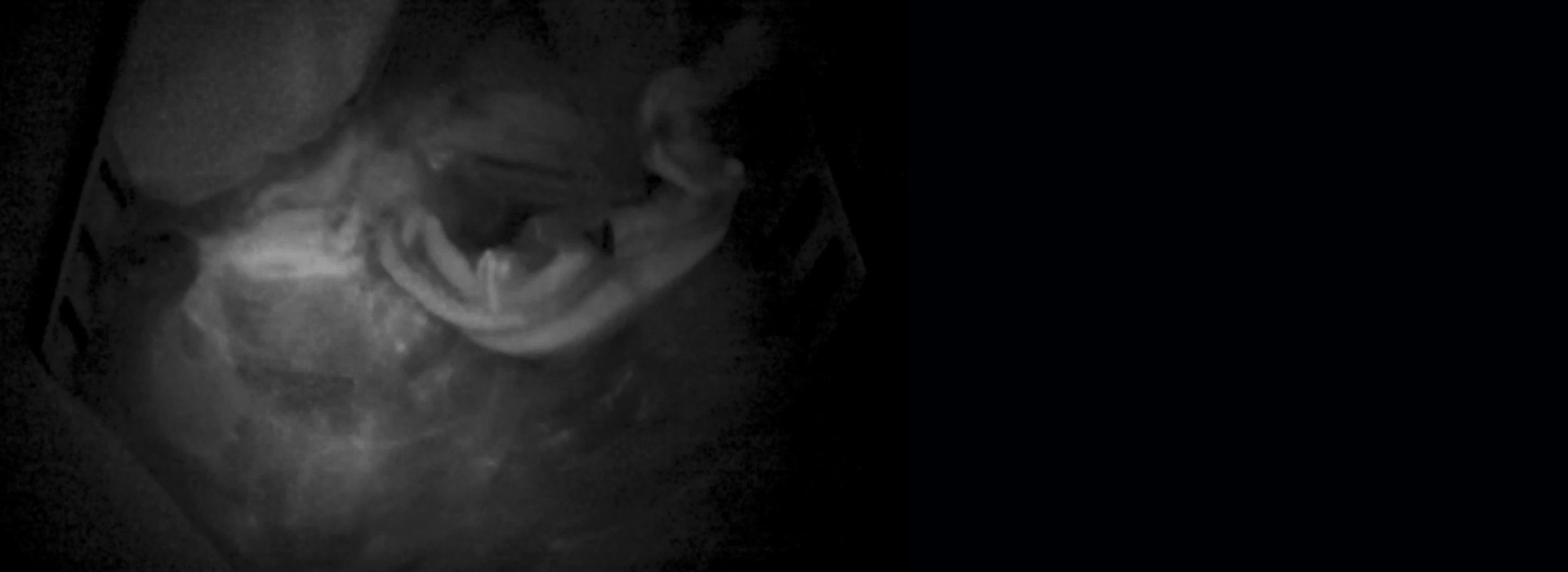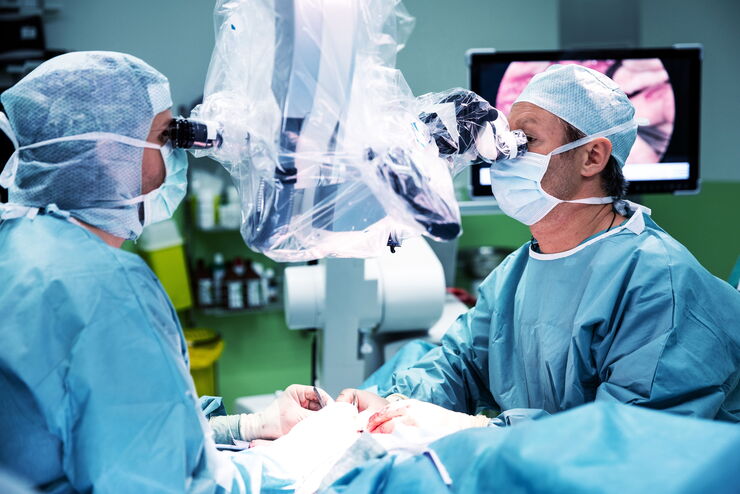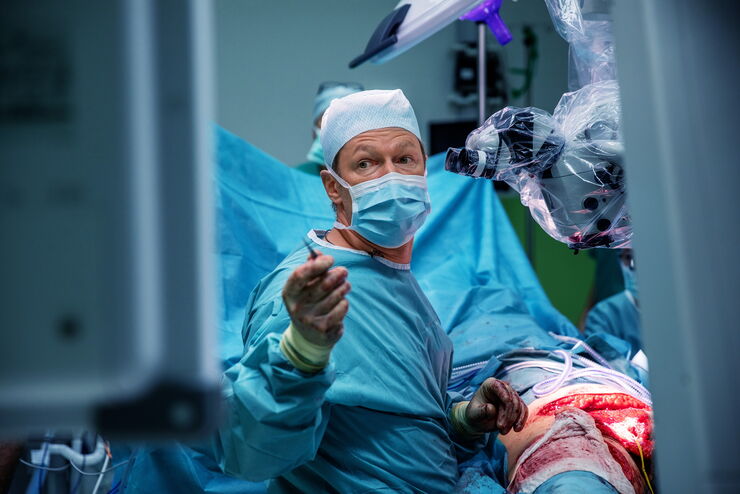Plastic and Reconstructive Surgery Microscopy Solutions
Leica plastic and reconstructive surgery (PRS) microscopes give you the performance and reliability you need to repair intricate and fine structures during the most delicate reconstructive procedures. They feature high-quality optics, easy operation, and integrated visualization technologies, such as fluorescence filters and augmented reality (AR) fluorescence.
Whether you need a premium surgical microscope or a cost-effective option for multidisciplinary use, Leica Microsystems offers customizable options for a wide range of microsurgical applications. Our PRS microscopes also support your specific requirements in oncological reconstructive surgery.
Contact a local specialist for expert advice on the right solution for your needs and budget.
FusionOptics unites an enhanced depth of field with high resolution to create an optimal view of the surgical field. There is less need to refocus and you see more.
Applications of Oncologic Reconstructive Surgery
Oncologic reconstructive surgery involves repairing, reconstructing and restoring physical deformities or defects caused by cancer or its treatment. It includes a wide variety of techniques, ranging from skin grafts and local flaps to pedicled and free flaps.
Some of the most common applications of oncological reconstructive surgery include the following:
- Breast reconstruction following cancer treatment
- Reconstruction following head and neck cancer and tumors
- Lymphatic reconstruction following breast cancer treatment
Background Image: A surgical team performing a breast reconstruction at the Gustave Roussy Institute, the leading cancer center in Europe. Dr. Leymarie’s team benefits from a long arm reach and and a large working space, allowing easy circulation around the patient. Here, Dr. Leymarie is watching the surgery directly from the screen
Challenges of Oncologic Reconstructive Surgery
Oncologic reconstructive surgery often involves highly complex procedures and long operating times. Specifically, one of the main challenges of breast reconstruction surgery is assessing the vascularization of the flap and ensuring adequate perfusion of the tissue, while reducing the risk of complications such as breast skin and fat necrosis, as well as flap failure.
In addition, surgical treatment of lymphedema often presents technical difficulties, including lymphatic mapping and lymphovenous anastomosis.
Creating an ergonomic set up in the operating room is another major challenge of reconstructive surgery. Currently, PRS surgeons face a high risk of work-related musculoskeletal injuries, including back and neck pain due to maintaining unergonomic and uncomfortable positions during lengthy procedures.
PRS with a surg. mic. versus binocular glasses_Chatel & Reguesse

Applications of Reconstructive and Trauma Surgery
Surgeons specializing in reconstructive and trauma surgery have a diverse and challenging workload as they face complex tissue defects and injuries. Trauma reconstructive surgery often involves repair of complex bony or soft tissue injuries and defects, as well as microvascular reconstruction, requiring the use of microsurgery techniques.
Some of the most common applications of reconstructive and trauma surgery include the following:
- Hand and upper limb surgery
- Craniofacial surgery and reconstructive repair of facial trauma
- Face implant surgery
- Repair of congenital deformities, including cleft lip and palate
- Reconstruction surgery following burns
- Sex reassignment surgery, including penoid structure
Challenges of Reconstructive and Trauma Surgery
Reconstruction of complex and extensive trauma or defects is a challenging and technically difficult process, especially when there is complex injury or extensive loss of native soft tissue and bone involved.
Soft tissue replacement is a common challenge encountered in reconstructive and trauma surgery, including complete removal of necrotic tissue and confirmation of adequate blood supply. Repair of highly intricate structures, such as blood vessels and nerves, is another major challenge in reconstructive and trauma surgical procedures.
In addition, assessment of microvascular function during and following PRS procedures is often difficult and time-consuming to perform in dark skin.
Background Image: Dr. Benichou and the OR team during a maxillofacial reconstruction surgery. Photo courtesy of Dr. Benichou maxillofacial surgeon and stomatologist at the Saint-Joseph Hospital in Paris.
Benefits of Using a Microscope for Plastic and Reconstructive Surgery
Advances in microsurgery have significantly helped improve both functional and aesthetic outcomes for patients. Surgeons can provide a high standard of care that helps restore their patients' quality of life. The use of surgical microscopes for plastic, oncologic, and trauma surgery offers many important benefits, including the following:

Viewing comfort. Benefit from more versatility in magnification, depth of field, working distance and better ergonomics compared to operating with surgical loupes.

Improved surgical control. Stay in control during all steps of the procedure - initiate e.g., micro-movement via XY joystick for a smooth surgical workflow.

Ergonomic benefits. Improve your physical comfort, minimize fatigue, and the risk of musculoskeletal injuries.

Smart Illumination. Rely on the optimal and safe illumination with BrightCare Plus which helps to protect sensitive tissue from overheating.

Visualization of blood flow. Visualize the blood supply in real-time, e.g., during anastomosis with built-in fluorescence imaging.

Easier training and documentation. Allow your entire team to follow each step of the surgery, thanks to integrated image and video recording.
Why Choose Leica Microscopes for Plastic and Reconstructive Surgery?
Dr. Romain Bosc, a plastic, reconstructive and cosmetic surgeon at the Henri Mondor Hospital in Créteil, France regularly performs microsurgery procedures using the M530 OHX microscope from Leica Microsystems. Here is why he prefers using Leica microscopes for his procedures.
Read the full interview to find out more about the enhanced views provided by Leica surgical microscopes during PRS surgery.
It's such an improvement over surgical loupes that it's hard to make comparisons. But I would say the main benefits of microscope use are the illumination, the ability to adjust the magnification level, the visual comfort and the very wide field of view.
More Clinical Experts Interviews
PRS specialists in breast reconstruction, head and neck reconstruction and lymphedema surgery, share their experiences of using Leica surgical microscopes. Learn more about the optical advantages, their enhanced ergonomics and how the microsurgical approach allows them to use their surgical skills precisely, especially during delicate reconstructive procedures that help restore patients' quality of life.
GLOW800 Augmented Reality (AR) Fluorescence for vascular fluorescence imaging during PRS Surgery
Combining the high contrast of near infrared (NIR) fluorescence imaging with the full visual spectrum of white light, this ground-breaking technology creates a single, real-time image. With GLOW800 AR fluorescence and ICG, surgeons can observe fluorescent blood flow and surrounding anatomy in native color in real-time and with full depth perception.
During oncological reconstructive surgery procedures, GLOW AR fluorescence can help surgeons to accomplish the following:
- Confirm the viability of the flap with indocyanine green (ICG)
- Identify the viable mastectomy skin, as well as the nonviable skin and tissue.
- Increase the precision of the flap delimitation
- Avoid complications, such as fat necrosis

Enhanced visualization in PRS surgery with fluorescence filters
Conventional fluorescence imaging can be used to visualize blood supply during anastomosis and facilitate the assessment of microvascular function, which is particularly useful in patients with darker skin.
When used together with ICG fluorescent dye, the FL800 intraoperative video-angiography module provides surgeons a near infrared fluorescence image showing blood flow in real-time.
Background Image: FL800 used in breast reconstruction surgery. Photo courtesy of Dr. Harold Chatel, plastic, reconstructive and cosmetic surgeon at the Saint-Joseph Hospital in Paris.
| Leica surgical microscopes for Plastic and Reconstructive Surgeries | |||
| High-quality Leica apochromatic optics | + | + | + |
| FusionOptics technology for enhanced depth perception with high resolution | + | + | |
| Long arm reach | + | + | |
| One hand microscope operation via XY joystick | + | + | |
| Smart Illumination Systems for control of light intensity | + | + | + |
| Augmented reality (AR) fluorescence | + | ||
| Fluorescence filter | + | + | |
| Camera and recording systems (optional) | + | + | + |
| Main illumination | + | + | + |
| Motorized AB balancing | + | ||
| Electromagnetic brakes | + | + | |
| Full stereo view for side observers | + | + | + |
| Independent fine focus for opposite-side observers | + | + |
















